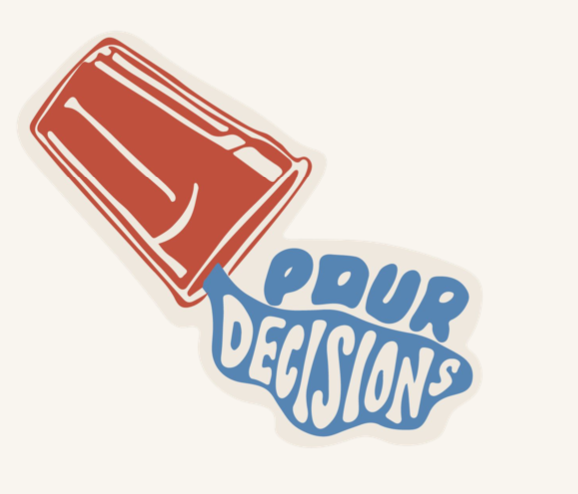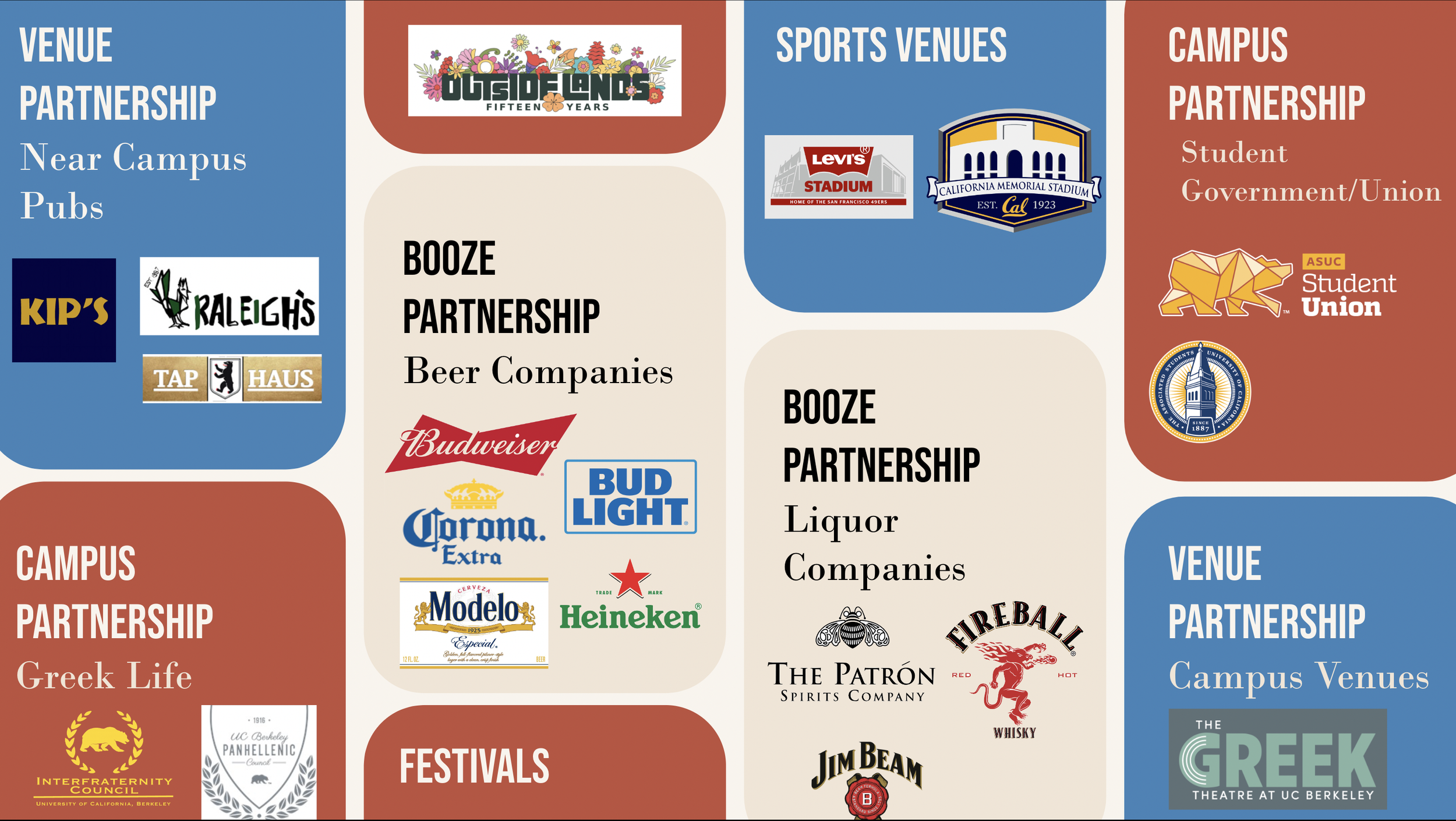
Startup Project
Pour Decisions
Project Objective
Role
Create a social sobriety app that utilizes pymetrics and facial recognition technology to accurately measure alcohol intoxication levels. This initiative targets the pervasive issues of social pressure to overconsume alcohol, the absence of real-time monitoring tools, and the lack of adequate education on safe drinking practices. By addressing these challenges, the app aims to promote a safer, smarter partying culture among college students, ultimately contributing to improved public health and safety.
Strategy, Design, Marketing

The Outcome
Created an app prototype and pitch deck based on identifying the gap, market research, competitor analysis, user interviews and many reiterations.
Currently in the development process with the ASUC (The Associated Students of the University of California)

Our Prototype
We ehance fun, not limit it.
This prototype is our sobriety game app designed for friends. When the user notifies the app that they are going out, they will receive a game task to complete. The app tracks the user's intoxication level by assessing scores from the game and notifies the user's friends if the user becomes too intoxicated.

Market Research
140K
DEATHS PER YR DUE TO EXCESSIVE ALCOHOL IN THE US
(CDC, 2023)
Social Pressure to Overconsume
No Real-Time Monitoring Tools
Inadequate Safe Drinking Education
Target Market

Marketing Campaigns
Ideas on how to promote the product.
Partnerships with College Organizations: Collaborate with college clubs, fraternities, sororities, and student unions to promote the app by distributing alcohol test strip stickers. Sponsor or host events and competitions related to mixology or hosting parties, showcasing the app's functionalities.
Social Media Engagement: Leverage popular social media platforms like Instagram, TikTok, and Snapchat to showcase fun and engaging content related to Pour Decision. Use user-generated content, challenges, and influencer partnerships to create buzz.
Campus Ambassadors: Recruit enthusiastic students as campus ambassadors to spread the word about the app. Offer incentives or perks for referrals and active promotion. Organize events, contests, or giveaways that resonate with each campus’s culture.
In-Person Marketing: Setting up a table near Sproul, free donuts on downloading the app.
After evaluating their suitability for collaboration and brand image for Pour Decisions, we have proposed three categories of partnerships: Booze Companies, Campus Organizations, and Venues.

Competitor Analysis
Trends and opportunities in this industry
The current competitors are mainly apps that track how many days you’ve been sober (happify does like little games), but none combine tracking drinking in a fun way with a physical product with a social impact, so this will differentiate us from our competitors.
Incorporating both a game-like app to prevent over drinking and a color changing sticker placed on the cup that includes chemicals sensitive to enzymes that can be checked on a color change chart that symbolizes percentages of blood alcohol concentration.

Initial User Insights
After our initial prototype, we interviewed 50 individuals on campus to gathered their preferences and insights on mobile games and app designs.
The favorite mobile games among interviewees included Subway Surfer, Wordle, Geometry Dash, Clash of Clans, and Homescape, which was appreciated for its mini-games within a main game concept. Games like Game Pigeon were highlighted for their ability to offer quick, enjoyable gameplay that could be shared with friends.
When discussing app design, Instagram, TikTok, and BeReal were noted for their simple, aesthetically pleasing designs. Waze was praised for its ability to show other drivers on the road, offering a balance of fun and utility, while Spotify's personalization features and Hinge's user-friendly interface were also commended.
A significant 92.3% of those interviewed admitted to using their phone while out.
Reflection
In terms of improvements and thoughts, there was a call for less clip art-looking graphic designs, more interactiveness, and incorporating logos more effectively into games. Suggestions included providing more resources on controlling drinking, a feature to count drinks, and enhancing the sharing aspect by allowing users to post their experiences or achievements on their stories.





